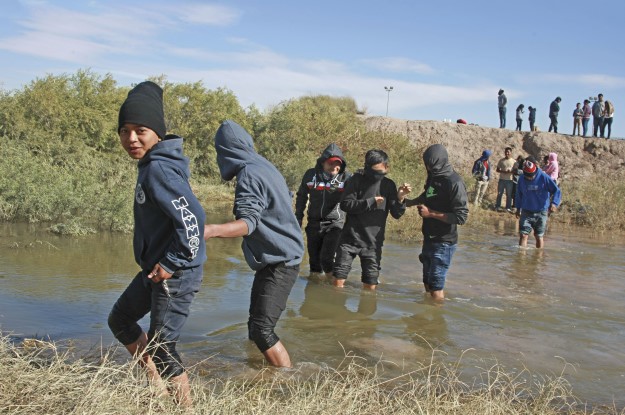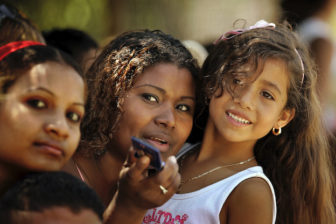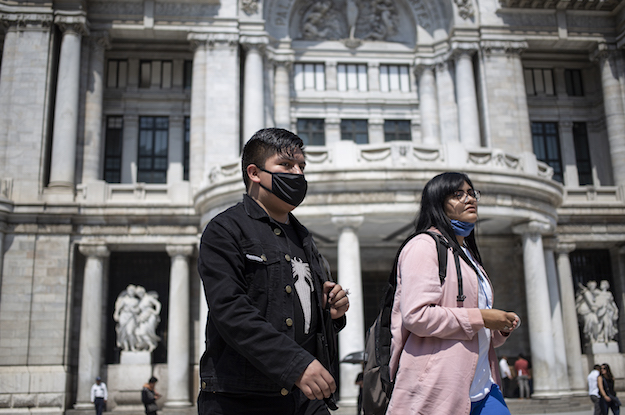This article is adapted from AQ’s latest issue on the politics of water in Latin America
People smugglers, metal blankets, rip currents that threaten to tear babies from mothers’ arms: The Other Side would fit neatly in a Stephen King novel — if the stories weren’t so gut-wrenchingly familiar.
All are recurring monsters in the North American immigration story. “You can’t tell what time it is when you’re in the freezer,” one chapter begins, referring to an ice-cold detention center somewhere on the U.S.-Mexico border.
Published last year in Spanish as Yo tuve un sueño (I had a dream), the latest from Mexican novelist Juan Pablo Villalobos is, sadly, a work of nonfiction. Based on a series of interviews Villalobos conducted in 2016, The Other Side examines Central American migration through the eyes of 10 children who made the trek to the U.S. on their own.
Villalobos acknowledges dressing the young peoples’ stories in the “techniques of fiction.” But his narrators’ tales are real — from what motivated them to leave Honduras, El Salvador or Guatemala, to the perils they faced on their journeys through Mexico, to their treatment by immigration officials in the U.S.
The Other Side is meant primarily for young adults, inviting readers roughly the same age as its 10- to 16-year-old protagonists to think about disparities in the lives of those who should be their classmates, rather than a news story.
Miguel Ángel is 16 and caught between the fear of staying in El Salvador and the uncertainty of looking for his father in New York. He’s recently realized that he’s gay. The gangs might kill him if they knew his nature, but his father “doesn’t love people like (him) either.”
Kimberly takes turns sleeping on the floor at a detention center because there’s not enough room for everyone to lie down. She’s been crying since she crossed the river and secretly wishing she could go home.
The vignettes in The Other Side almost all feature gang violence, family pressure, emotional pain or physical danger. But rare moments of normal life shine through to remind readers that these are kids. Ten-year-old Dylan describes how the bumpy flight from a border detention center made him want to be a pilot, and how in his first snowball fight it “almost felt like the snow was burning.”
Villalobos, who also channels a youthful perspective in Down the Rabbit Hole, a novel narrated by the son of a Mexican drug trafficker, is an effective storyteller and renders his narrators’ experiences without judgment or political agenda. If the translation is occasionally overly mature, it may be a reflection of narrators who have been forced to grow up before their time.
Ultimately, The Other Side’s greatest strength is its implicit call for young readers to act, empathize, and do what they can to make others’ lives better. Abril, whose story closes the book, describes a dream she has while struggling to learn English: “I dreamed that I was defending people. I was a human rights lawyer. I’ve dreamed about that quite a few times.”
The Other Side
By Juan Pablo Villalobos
Farrar, Straus and Giroux
Hardcover, 160 pages
—
Russell is a senior editor at AQ









